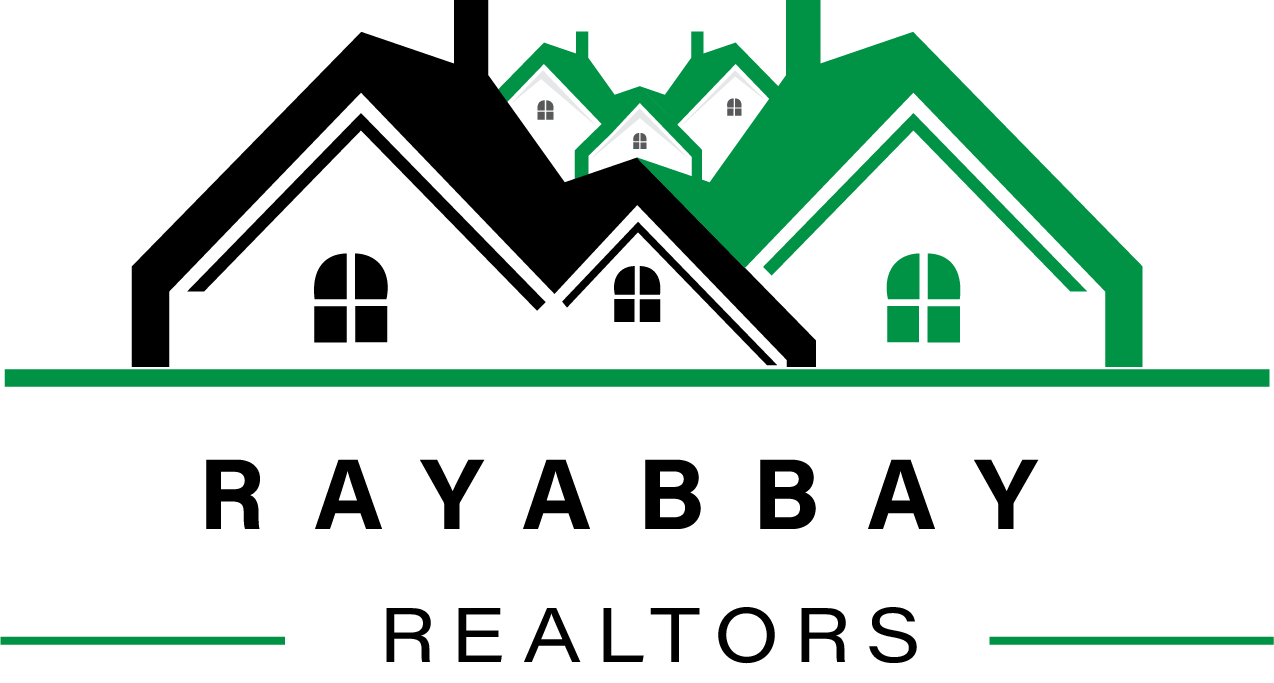Why Low-Cost Properties Can Be the Most Expensive Investment

The allure of low-cost properties in the real estate market often captivates prospective investors seeking budget-friendly opportunities. However, beneath the surface of affordability lies a potential minefield of hidden expenses that can transform a seemingly inexpensive property into a financially burdensome investment. In this blog post, we'll delve into the reasons why low-cost properties can turn out to be the most expensive in the long run.
Maintenance and Renovation Expenses:
Low-cost properties may initially appear like a steal, but they often require significant maintenance and renovation investments. Neglected structures may have hidden issues such as plumbing problems, electrical issues, or structural concerns that demand immediate attention. Over time, the cumulative cost of addressing these issues can outweigh the initial savings.
Hidden Structural Issues:
Bargain properties may hide structural flaws that are not immediately visible during a cursory inspection. Foundation problems, water damage, or pest infestations may only become apparent after the purchase. Remedying these issues can lead to substantial expenses, eroding the perceived affordability of the property.
Location Challenges:
Low-cost properties are frequently situated in less desirable or high-risk areas. Factors such as crime rates, limited amenities, and poor school districts can negatively impact property values and resale potential. The long-term consequences of an unfavorable location may outweigh the initial cost savings.
Limited Appreciation Potential:
Properties in economically stagnant or declining areas may experience limited appreciation over time. While a low-cost property may seem like a cost-effective investment initially, the lack of appreciation can hinder your ability to build substantial equity and may result in lower returns compared to properties in more promising locations.
Financing Challenges:
Securing financing for low-cost properties can be challenging. Lenders may view these properties as high-risk investments, leading to higher interest rates or more stringent lending conditions. Over the life of the loan, these increased costs can offset the initial savings on the property's purchase price.
High Turnover and Vacancy Rates:
Properties in economically depressed areas may experience higher turnover and vacancy rates. Constant turnover can result in additional costs related to marketing, tenant screening, and property management. A vacant property generates no income and can become a financial drain on the investor.
Property Taxes and Assessments:
Local governments may impose higher property taxes and assessments in economically distressed areas to compensate for reduced property values. Investors in low-cost properties may find themselves burdened with unexpectedly high tax bills, diminishing the overall cost-effectiveness of the investment.
Limited Rental Income Potential:
Low-cost properties may attract tenants looking for affordable housing, but the rental income may not cover the ongoing expenses associated with property ownership. Struggling to find reliable tenants or facing frequent vacancies can contribute to financial instability and increased costs for property owners.
Conclusion:
While the initial appeal of low-cost properties is undeniable, it is crucial for investors to consider the broader financial implications. The hidden costs associated with maintenance, location challenges, and limited appreciation potential can turn what seemed like a budget-friendly investment into a costly endeavor over time. Before diving into the allure of low prices, thorough due diligence, careful consideration of the property's condition and location, and a realistic assessment of long-term costs are essential to making a sound and financially savvy real estate investment decision.
